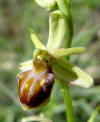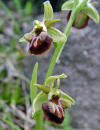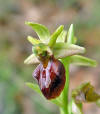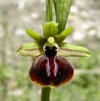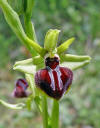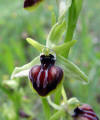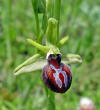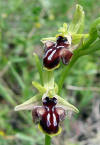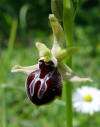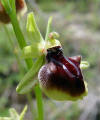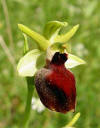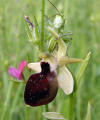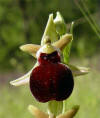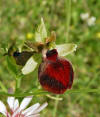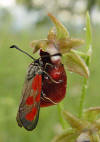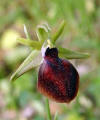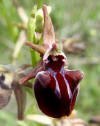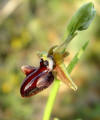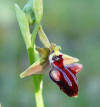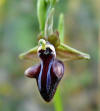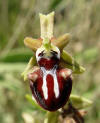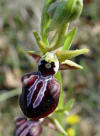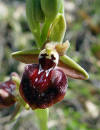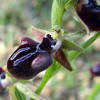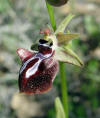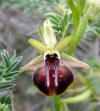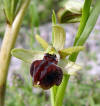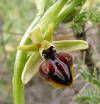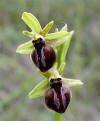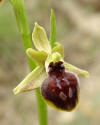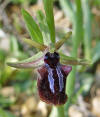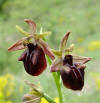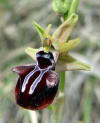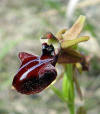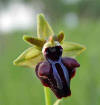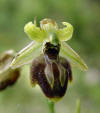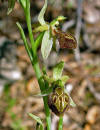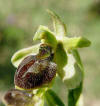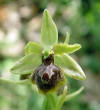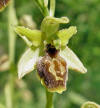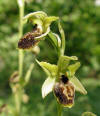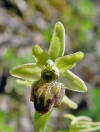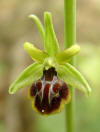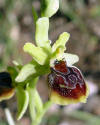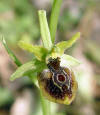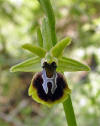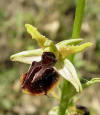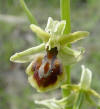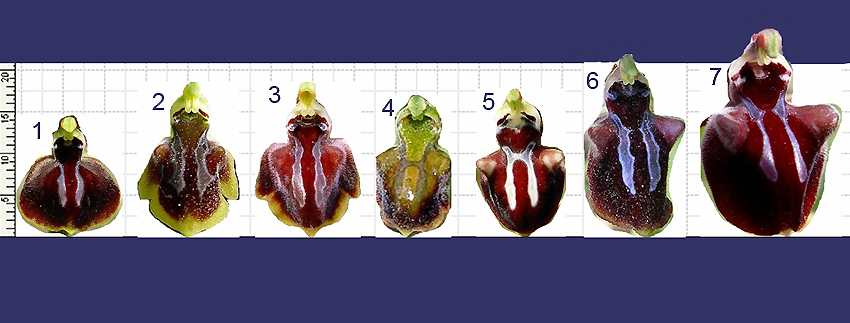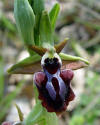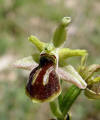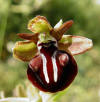| Variability of late flowering members of the Ophrys mammosa group in North and Northwestern Greece (Macedonia and Epiros) | |||
The mammosa group is the largest and represented by 13 species, in north and northwestern continental Greece. These are O. ferrum-equinum, O. spruneri, O. leucophthalma, O. hystera, O. mammosa, O. macedonica, O. helenae, O. grammica, O. herae, O. hebes, O. epirotica, O. negadensis and O. zeusii. In this special page, species of this group that flower on the late, on May or June, will be presented in alphabetical order. They will be accompanied by brief comments about their characteristics and their differences between each other. The particularities of these late flowering species are that they are closely related, most of them recently described and often growing together. Therefore, their identification in the fields is sometimes intricate. From the presentation, some taxa will be excluded, like O. ferrum-equinum, O. spruneri and O. herae due to their early blossoming time and O. hebes due to the lack of photographic documentation, from this area of Greece. Two, newly described species, O. negadensis and O. zeusii will also be included. The first one maybe belongs to exaltata group, but exhibits similarities to the rest of the members of the mammosa group and usually grows in their proximity. The latter is closely related to O. epirotica, but seems to be separated from it, by its phenotype, environmental habits and different flowering time. For more comments and photographic material about every species, you may follow the links on their names or in the ORCHIDS LIST page. Most of the photos in the following pages are the result of a 6 day trip made in May 2005 (from 19th to 25th), together with James Mast de Maeght. About 40 species of orchids were observed in this trip and special attention was paid to some debatable Ophrys of the mammosa group. These Ophrys are not rare in the forests and fields of Macedonia and Epirus, this particular time of the year, but their recognition and naming is sometimes difficult especially for closely related species, which have been described recently and are not accepted by all the experts. Critical observation and comparison of most of the late members of mammosa complex, in a short time of period, was eventually interesting and conclusive. Summarizing the conclusions, it seems that the questionable O. zeusii has some satisfactory characteristics of a species, separate from O. epirotica. Also that O. negadensis has more restricted distribution and is more close to O. hebes than to O. epirotica or zeusii, or even belongs to the exaltata and not to the mammosa group. Finally, that O. macedonica seems very close to O. epirotica, separated only by the lip length, but sometimes this difference is blurred as sporadic individuals in pure epirotica colonies have lips with a length of 10-12mm. |
Traditional bridge on the road to Kipi
View of Timphi mountain from the west
The hotel "Machalas" in Kipi village (tel: +302653071976 and +306944435100) |
||




